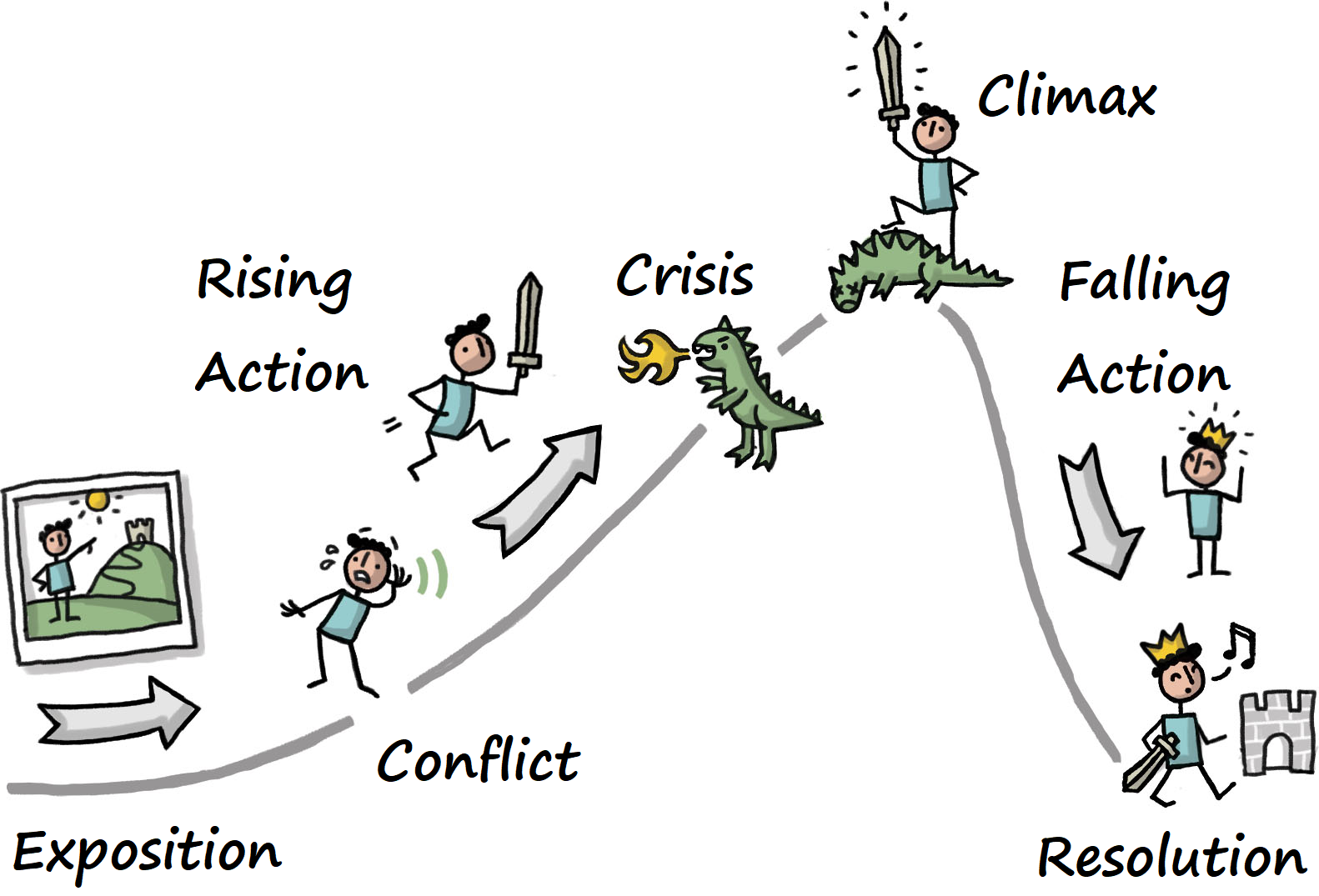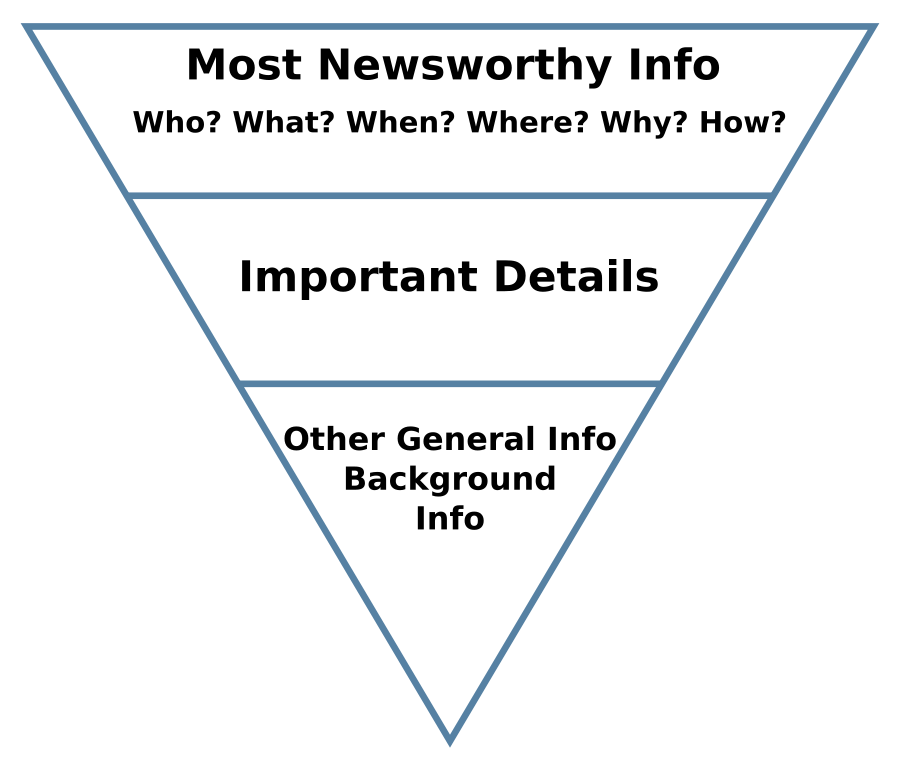Getting Started with Reading Skills
Before You Read
Discuss the following questions with a classmate.
- Do you like to read?
- What do you like to read?
- Why is reading important to your coursework?
- Are there different purposes or goals of reading materials? List 3 purposes or goals.
- How would you categorize different kinds of reading materials? Make a chart of your categories with a partner.
- Are there different categories of kinds of reading materials used as coursework? Make a chart of your categories with a partner.
- Are there differences in the ways you would approach reading materials in the different categories you created? What are the differences?
Critical Reading
Adapted from text by Carol Dwankowski and Lumen Learning ($\ccbyncsa$)
We love categorizing things, and defining items by their differences as much as their similarities. Consider movie genres: when a friend asks you to go see the new horror movie, you know to expect something different than when you snuggle up for a romance with your significant other.
We use genre to define types of writing, as well. Knowing some of the basic differences between types of readings you’ll complete in college will help you know what to expect from the reading before you begin. In this textbook, you will be reading text from a variety of sources. The most important thing, however, is before you read, you are aware of the kind of text it is. The best way to be aware is to know the purpose of the reading.
Literature: Short Stories
Literature, which includes poetry, fiction, creative non-fiction, and drama, is usually created with the goal to entertain. Most of what we will be reading in this textbook are short stories.
What is a Short Story?
A short story is a work of short, narrative prose that is usually centered around one single event. It is limited in scope and has an introduction, body and conclusion. Although a short story has much in common with a novel, it is written with much greater detail. You will often be asked to write a literary analysis. An analysis of a short story requires basic knowledge of literary elements. The following guide and questions may help you.
Works of fiction and drama usually follow a similar plot structure, called a dramatic arc. The following are the parts of a plot.

Exposition provides setting and background information. The setting explains the place the story is set in, along with the characters in the story.
Setting is a description of where and when the story takes place. In a short story, there are fewer settings compared to a novel. The time is more limited. Ask yourself the following questions:
How is the setting created? Consider geography, weather, time of day, social conditions, etc. What role does setting play in the story? Is it an important part of the plot or theme? Or is it just a backdrop against which the action takes place? Study the time period, which is also part of the setting, and ask yourself the following:
- When was the story written?
- Does it take place in the present, the past, or the future?
- How does the time period affect the language, atmosphere or social circumstances of the short story?
Characterization deals with how the characters in the story are described. In short stories there are usually fewer characters compared to a novel. They usually focus on one central character or protagonist. Ask yourself the following:
- Who is the main character?
- How are the main character and other characters described?
- Has the author described the characters by physical appearance, thoughts and feelings, and interaction (the way they act towards others)?
- Are they static/flat characters who do not change?
- Are they dynamic/round characters who DO change?
- What type of characters are they? What qualities stand out? Are they stereotypes?
- Are the characters believable?
Conflict might happen that causes the main character(s) to need to complete another action. Conflict or tension is usually the heart of the short story and is related to the main character. In a short story there is usually one main struggle.
- How would you describe the main conflict?
- Is it an internal conflict within the character?
- Is it an external conflict caused by the surroundings or environment the main character finds himself/herself in?
Rising action is where the events of the story start to get complicated, and soon after a crisis, or the main problem of the story, may occur.
The climax is where the drama reaches its most dramatic moment. The climax is the point of greatest tension or intensity in the short story. It can also be the point where events take a major turn as the story races towards its conclusion. Ask yourself:
- Is there a turning point in the story?
- When does the climax take place?
Falling action then shows the fallout from the climax, and resolution is the closing action where the issues of the plot are fully resolved and the story ends.
After you finish reading, think of the theme of the story. The theme is the main idea, lesson, or message in the short story. It may be an abstract idea about the human condition, society, or life. Ask yourself:
- How is the theme expressed?
- Are any elements repeated and therefore suggest a theme?
- Is there more than one theme?
The author’s style has to do with his or her vocabulary, use of imagery, tone, or the feeling of the story. It has to do with the author’s attitude toward the subject. In some short stories, the tone can be ironic, humorous, cold, or dramatic.
- Is the author’s language full of figurative language?
- What images are used?
- Does the author use a lot of symbolism? Metaphors (comparisons that do not use “as” or “like”) or similes (comparisons that use “as” or “like”)?
Your literary analysis of a short story will often be in the form of an essay or journal topic where you may be asked to give your opinions of a short story after reading it. Choose the elements that made the greatest impression on you. Point out which character/characters you liked best or least and always support your arguments.
Journalism: Newspaper and Magazine Articles
Journalism is news, usually focused on current events. Its primary goal is to inform the general public. Because of this purpose, the writing is neutral: it shows no opinion, just facts.
The inverted pyramid is a metaphor used by journalists to illustrate how many news articles are organized. Many blogs and editorials also follow this structure, in addition to most newspaper pieces.
This upside-down pyramid consists of three parts. The widest part at the top represents the most substantial, interesting, and important information the writer means to convey, while the lower parts illustrate that other material should follow in order of diminishing importance.

This format is useful for two reasons. First, readers can leave the story at any point and understand it, even if they do not have all the details. Second, readers get a sense of how important different content is, depending on where it appears in the article.
Journalism relies on research. They refer to sources by name but don’t have separate citations at the end of the piece.
However, newspaper articles can have a variety of purposes other than to inform. Editorial pieces usually give a writer’s opinion, and similar articles may have the purpose to inform but also to persuade the reader to believe them or to do something about an issue in current events.
Magazine articles
How do newspapers differ from magazines? Magazine articles can be tricky because they have a variety of purposes, and it may depend on the kind of magazine or even the writer. Some magazine articles give opinions, some give news with research similar to newspaper articles, or they might just entertain. A magazine writer may write about their experiences to simply share with others.
Blogs
Weblogs, more commonly known as blogs, also have many purposes and different topics, but they are usually someone’s opinions or personal musings. Blogs oftentimes are like a personal journal, with bloggers documenting their experiences. If you need research for an essay, however, it may not be a good idea to use information from someone’s blog, especially if they don’t have hard, trustworthy evidence to support their ideas. This doesn’t mean they are bad to read, however. They could be a good way to understand different viewpoints.
No matter what you are reading, keep in mind the source of the information and thus its purpose. Skim the reading quickly to get a general idea of the reading and think of the writer’s goal before diving in: is it to entertain, inform, or persuade?
CEFR Level: CEF Level B2
